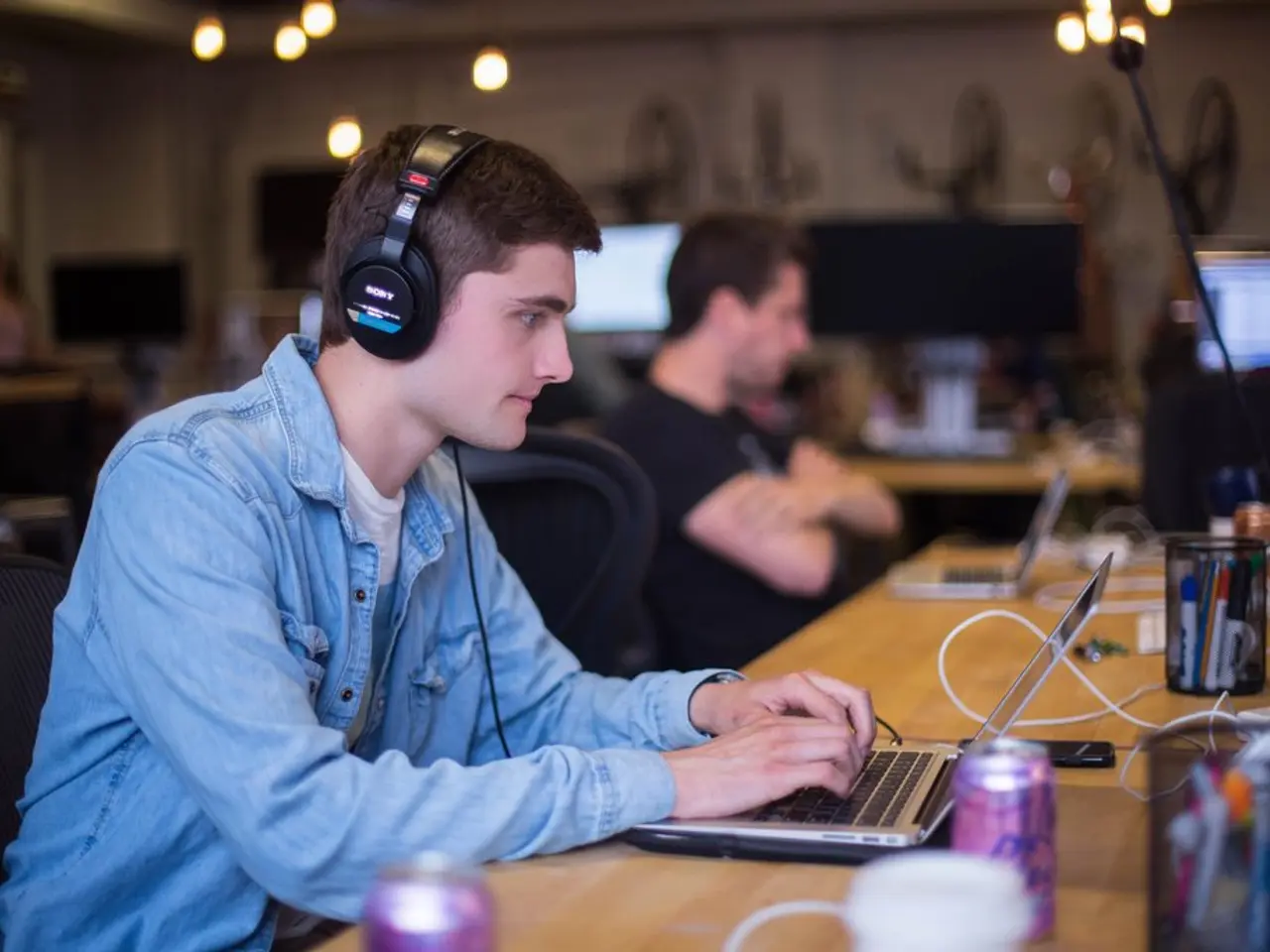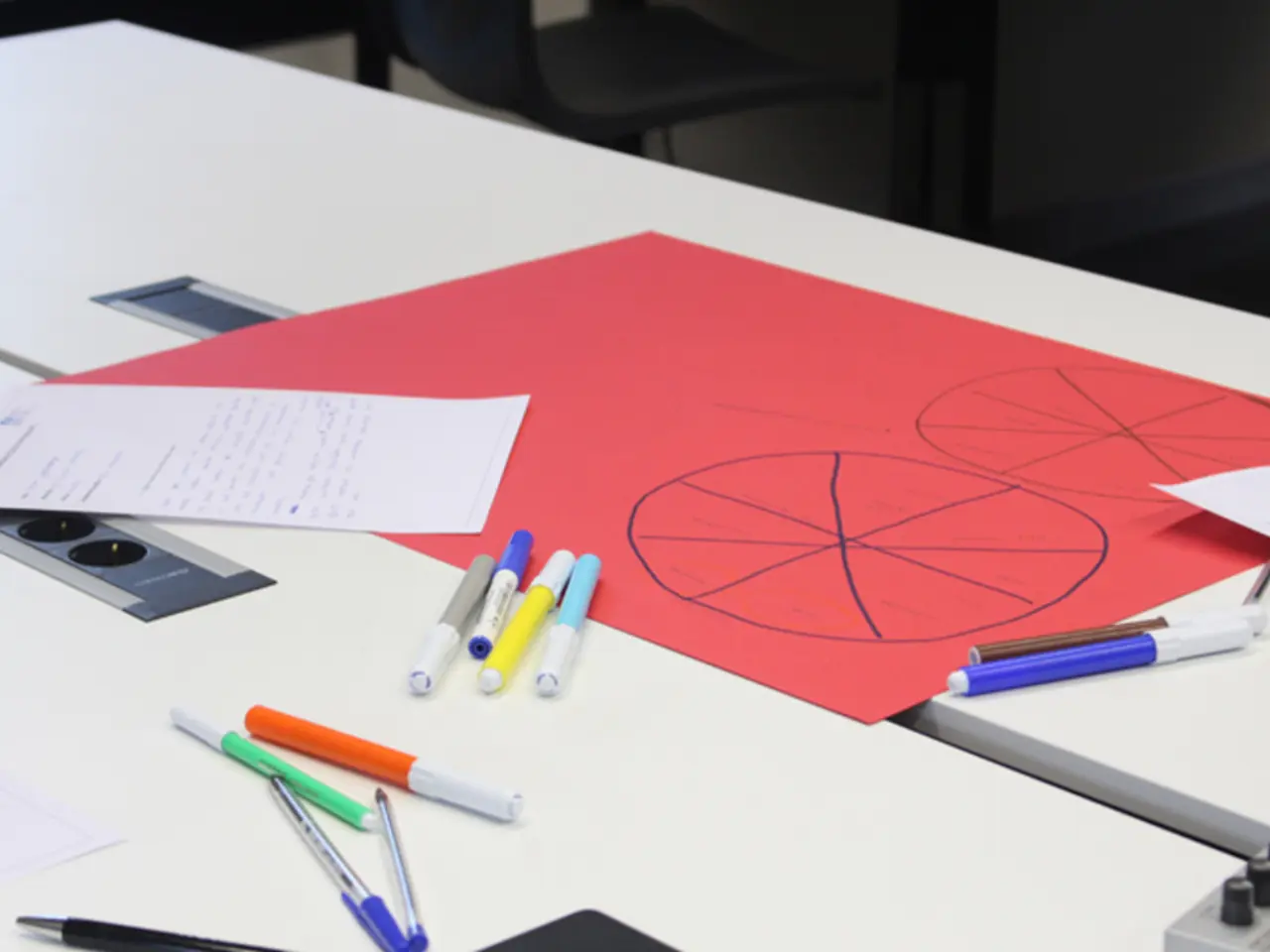Exploring the Ups and Downs of Berlin's Chemsex Subculture's Transformation
In the evolving landscape of Berlin's nightlife, a growing emphasis on harm reduction, open communication, and informed decision-making is shaping the chemsex scene[1]. This article outlines key strategies for navigating this complex environment safely and responsibly.
Jessica Schmidt, host of the Nachtschatten podcast, underscores the importance of community education in making conscious choices[2]. She notes a subtle pressure within the chemsex scene, with some feeling compelled to participate or attend kinky parties to belong. However, those who choose to engage in chemsex consciously understand the risks, employ safety strategies, and communicate about boundaries.
The practice of chemsex, which involves the combination of drugs and sex, is not limited to any specific identity or orientation. It has become a prevalent aspect of Berlin's drug landscape over the past decade[3]. The chemsex scene typically unfolds in private flats or organised parties, often arranged via dating apps with tags such as #chemsfriendly.
One of the primary strategies for safer chemsex involves access to harm reduction equipment. Using sterile drug injection supplies like needles, syringes, cookers, filters, and water for injection significantly reduces infection risks[2]. Additional materials like acidifiers, disinfectant swabs, foil, sharps bins, and naloxone (for overdose prevention) are recommended for safer use[2]. Expanding access to these supplies encourages engagement with health services and treatment.
Education and open dialogue are also crucial. Promoting stigma-free, informed conversations about drug use, sexual health, and consent helps users make safer choices and fosters community support[1]. Understanding the increased risks of polydrug use, or combining multiple substances, is vital for risk reduction, including avoiding unknown combinations and recognising personal limits[3].
Clear communication about boundaries and consent within chemsex settings is essential for reducing potential harm and ensuring safer sexual encounters[1]. Awareness of how geolocation and social apps influence chemsex scenes helps users stay connected with harm reduction services and communities practising conscious drug use[3].
Non-profit organisations like sidekicks.berlin, SONAR, and Queer Mama focus on providing information on harm reduction and the risks of different practices, as well as personal counselling[4]. Berliners can access resources like Checkpoint BLN's Chemsex Check to reflect on their chemsex habits[5].
Monkey dust, a powerful and highly addictive stimulant, is a recent addition to Berlin's chemsex scene[6]. G, a sedative often in the form of GBL, is the most precarious drug in the scene, as a few drops can lead to an overdose[7]. Despite being banned in many clubs, it remains widespread, especially at private parties.
Individuals like Blake* strive for balance, carefully planning their chemsex experiences, including testing substances at a local drug checking centre[8]. Christopher Clay, a Chemkon organiser, stresses the importance of explicit invitations to help people consider opening up about chemsex in everyday spaces[9]. Berliners may need permission to pause, reflect, and decide what truly feels right in the chemsex scene, not just in the moment, but for the long run.
[1] Berlin's Evolving Chemsex Scene: A Guide to Safer Practices, Berlin.de, 2021. [2] Harm Reduction International, 2021. [3] European Monitoring Centre for Drugs and Drug Addiction, 2020. [4] Berlin's Non-Profit Organisations Supporting Harm Reduction and Chemsex Awareness, The Local, 2021. [5] Checkpoint BLN: Chemsex Check, Checkpoint BLN, 2021. [6] Monkey Dust: A New Addition to Berlin's Chemsex Scene, Berliner Zeitung, 2019. [7] GBL: The Most Precarious Drug in Berlin's Chemsex Scene, Vice, 2018. [8] Balancing Chemsex: Testing Substances at Local Drug Checking Centres, The Guardian, 2019. [9] Explicit Invitations: Encouraging Open Dialogue about Chemsex, The Berliner Morgenpost, 2020.
- In line with the emphasis on health-and-wellness, Jessica Schmidt emphasizes the significance of community education in making informed choices, noting the pressure to participate in chemsex and kinky parties within the scene.
- For safer chemsex practices, it's essential to have access to harm reduction equipment, such as sterile drug injection supplies, acidifiers, disinfectant swabs, foil, sharps bins, and naloxone, as they contribute to a reduction in infection risks.
- Promoting open dialogue about sexual health, drug use, and consent within the chemsex scene is crucial for making safer choices, fostering community support, and understanding the increased risks of polydrug use.




